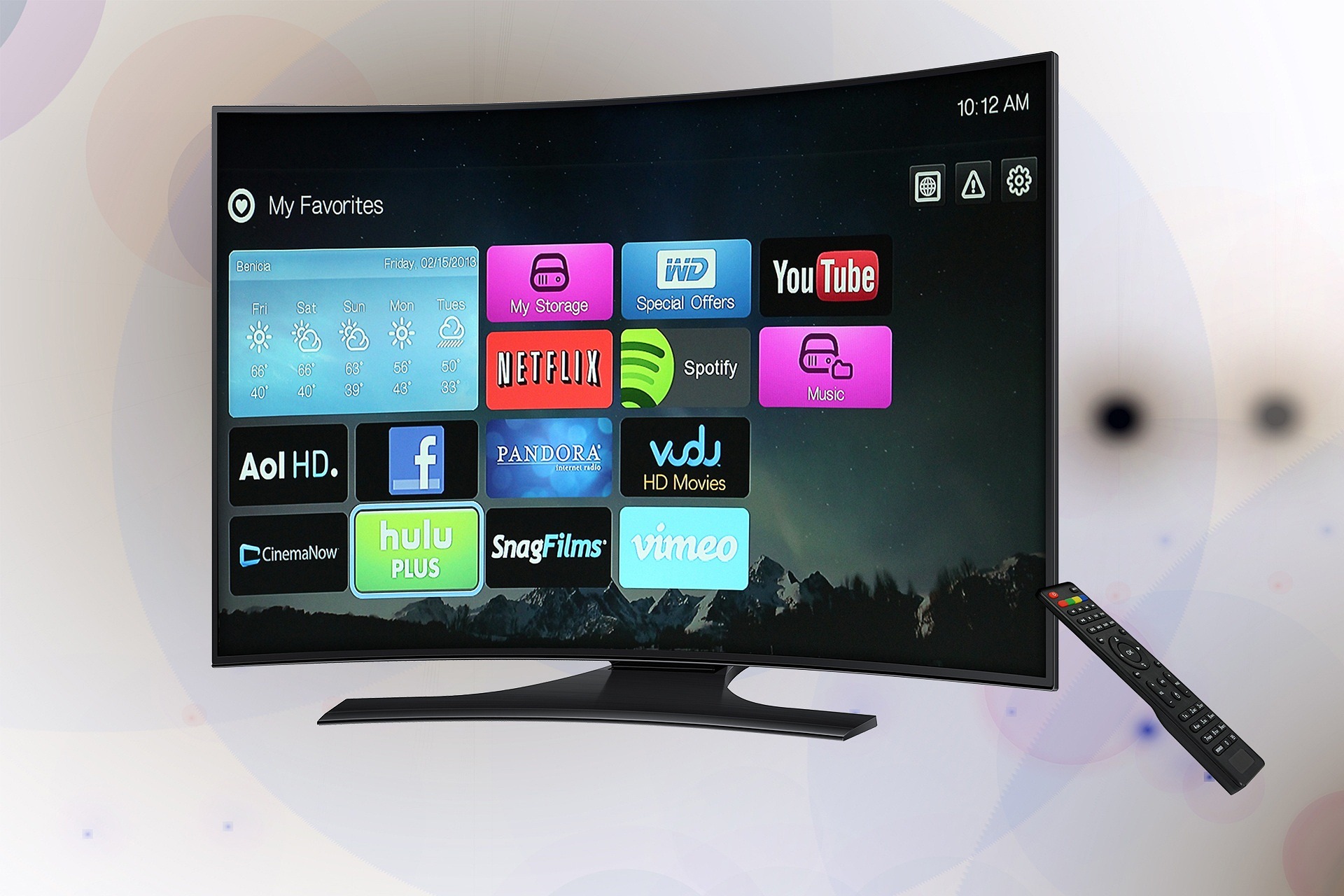Unfolding the Future: Foldable Tech Innovations
As we journey deeper into the 21st century, technology continues to surprise us with new and exciting developments. One such innovation that is capturing the imagination of tech enthusiasts worldwide is foldable technology. The concept of foldable technology isn't new. In fact, flip phones from the early 2000s were one of the earliest examples of this technology. But the contemporary version of foldable tech is much more advanced, encompassing a wide range of devices, from smartphones to laptops and even televisions.
The key development in this sector was the creation of flexible displays. Researchers at various tech giants embarked on a quest to create screens that could bend without breaking. The advent of organic light-emitting diode (OLED) technology was a big step forward in this field, paving the way for the development of foldable screens.
Foldable Tech Today
Fast forward to today, foldable tech has taken a giant leap forward. Leading the pack are Samsung and Huawei with their foldable smartphones. These devices can transform from a regular smartphone into a tablet, providing users with a larger screen when needed.
Recently, Lenovo also joined the foldable tech race with its ThinkPad X1 Fold - a laptop with a foldable screen. This device can function as a laptop with a physical keyboard or transform into a large tablet for more casual use.
The Impact of Foldable Tech on the Market
Foldable tech isn’t cheap. Samsung’s Galaxy Fold starts at around $1,980, while Huawei’s Mate X is priced at approximately $2,400. These hefty price tags have limited their market penetration largely to tech enthusiasts and early adopters.
However, as more manufacturers enter this field and production costs decrease, prices are expected to become more affordable. This, combined with the unique appeal of foldable devices, could potentially shake up the current smartphone and laptop markets.
Challenges and the Road Ahead
Despite its promise, foldable tech still has several challenges to overcome. Durability is a major issue, with many early models suffering from screen damage after repeated folding and unfolding. Additionally, the high costs of production and retail prices are currently limiting the technology’s broader adoption.
Nevertheless, the future of foldable tech looks promising. With ongoing research and development, it’s only a matter of time before these devices become mainstream. As tech giants continue to innovate and push the boundaries of what’s possible, we can expect to see many more exciting developments in this field.
In conclusion, foldable technology is unquestionably an exciting frontier in tech innovation, standing at the intersection of design, functionality, and user experience. While it still has some obstacles to overcome, the potential of foldable tech to reshape our interaction with electronic devices is undeniable. As we continue to explore this new tech landscape, one thing is certain: the future is unfolding before our eyes.







